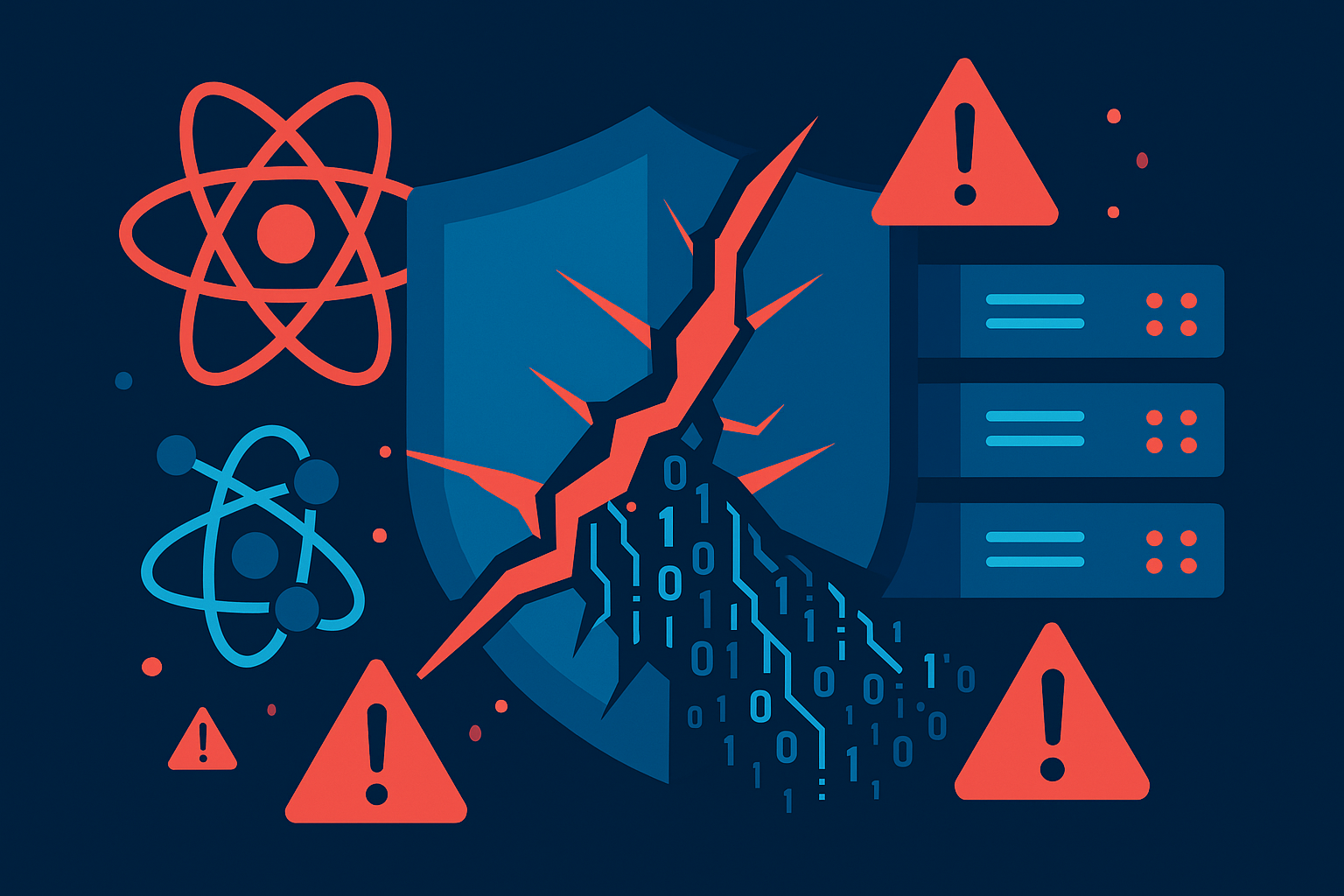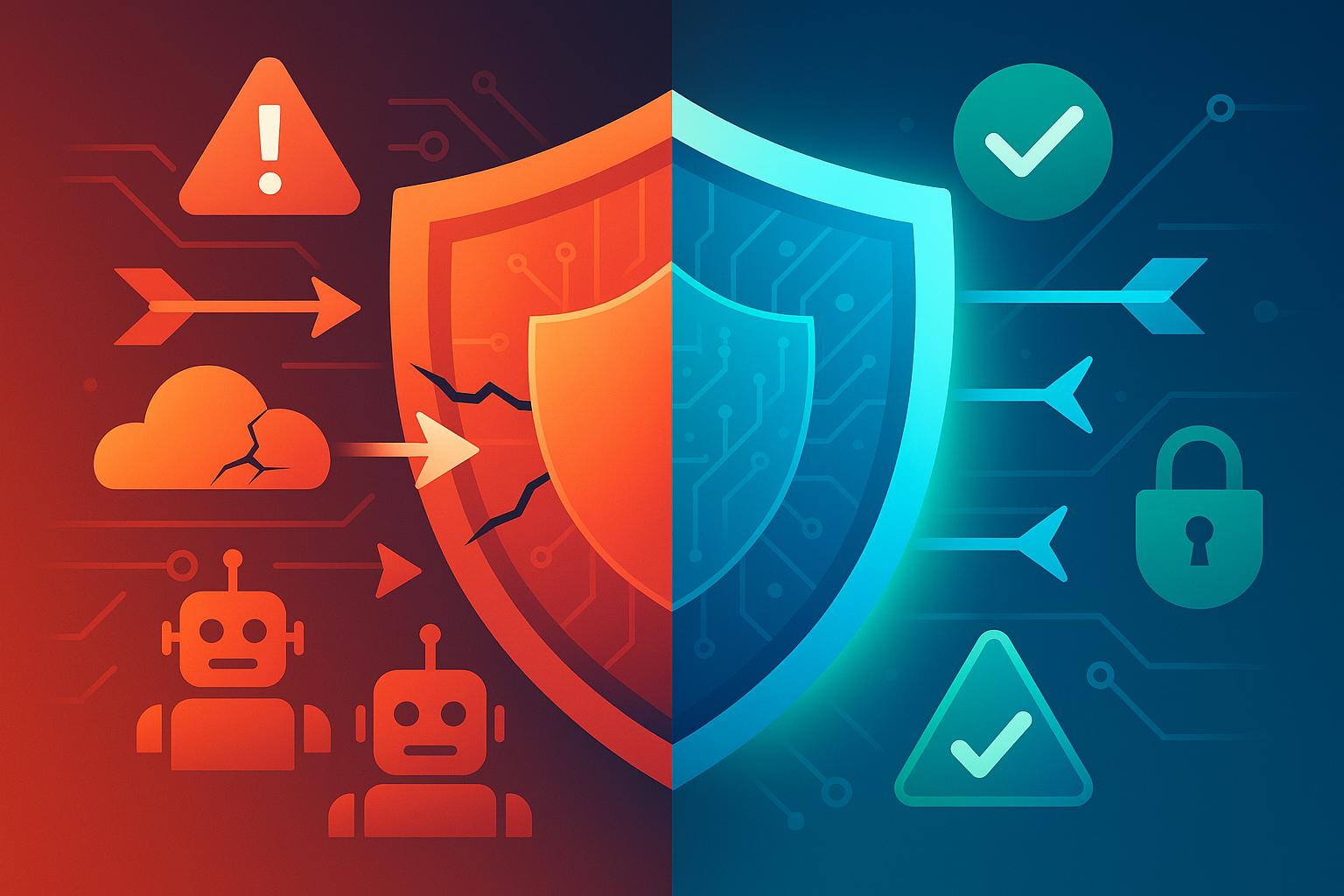How to Check Image Copyrights: 5 Simple Steps

How to Check Image Copyrights: 5 Simple Steps
Understanding Image Copyright and Why It Matters
With the vast number of images circulating online, having a firm grasp of image copyright laws is more important than ever. Inappropriate or unauthorized use of images can result in costly legal or financial ramifications. To avoid these pitfalls, it’s essential to verify the image’s original source, obtain relevant permissions, and thoroughly understand any terms of use.
Identifying Whether an Image Is Copyrighted
Most newly created works—including photographs and other images—are automatically protected by copyright from the moment they come into existence. The real challenge often lies in identifying the legitimate copyright holder to secure permission for use.
Five Steps to Determine Image Copyright
Below are several ways to confirm an image’s copyright status and ownership:
-
Look for an Image Credit or Contact Details
Many online images feature a caption or credit line identifying the creator or copyright owner. This attribution may also include contact information or a link to the owner’s website, making it easier to reach out and negotiate usage terms. -
Check for a Watermark
Watermarks often indicate an image is protected under copyright. They usually include the owner’s name or the name of their business, which can help you find contact details. Using software to remove these watermarks is illegal and can lead to legal repercussions. -
Inspect the Image’s Metadata
Creators sometimes embed valuable information—such as the owner’s name, copyright notice, or contact details—into the file’s metadata. You can access this data by viewing the image’s properties on your computer or through an image editing software. -
Use Google’s Reverse Image Search
If the owner remains elusive, try conducting a reverse image search on Google. By clicking on the camera icon within Google Image Search, you can upload the image or paste its URL. This can reveal other places the image appears online, which may lead you to the copyright holder. -
Consult the U.S. Copyright Office Database
If you have enough details to potentially identify the copyright holder, you can search the U.S. Copyright Office Database. While registration in the database is not mandatory for an image to be copyrighted, it does provide creators with additional legal benefits.
Important Note: If you cannot identify the image’s source and copyright owner with certainty, it’s safest not to use the image. There are many reputable stock image sites that offer high-quality, legally compliant images suitable for different needs and budgets.
Situations Where You Can Use Images Without Explicit Permission
In specific circumstances, it is permissible to use an image without seeking explicit authorization:
-
The image is clearly labeled as free for use.
For instance, platforms like Unsplash provide images under licenses that allow free usage. -
The image is in the public domain.
Public domain images are not subject to copyright because the copyright owner has relinquished those rights or the copyright term has expired. -
The image is covered by a Creative Commons (CC) license.
Creative Commons licenses outline various levels of permissive use, but always review the specific terms to ensure compliance.
In any case, ensure you have all the necessary information to use the image safely and legally. When in doubt, reach out directly to the creator or copyright holder for clarification.
Concluding Thoughts
Image copyright can be intricate, but understanding the fundamentals will help you stay compliant and avoid potential legal issues. Always ensure you have the proper rights before using images—this precautionary step can save you from expensive and stressful disputes.
For over two decades, Fruition has championed best practices in digital rights management, content creation, and SEO services. We remain steadfast in supporting artists and creators worldwide in protecting their intellectual property and digital content.





